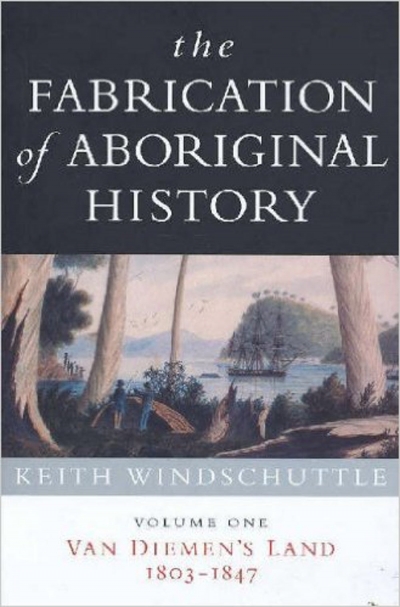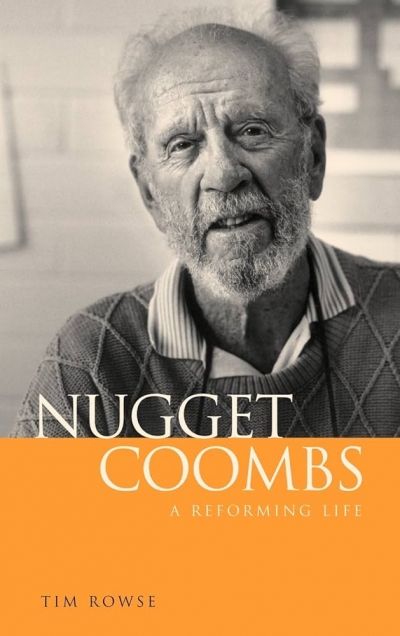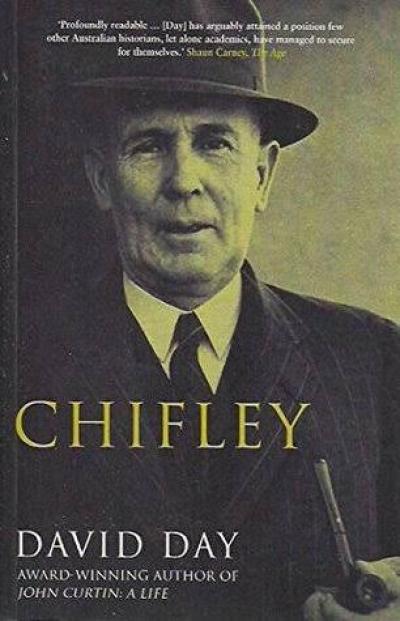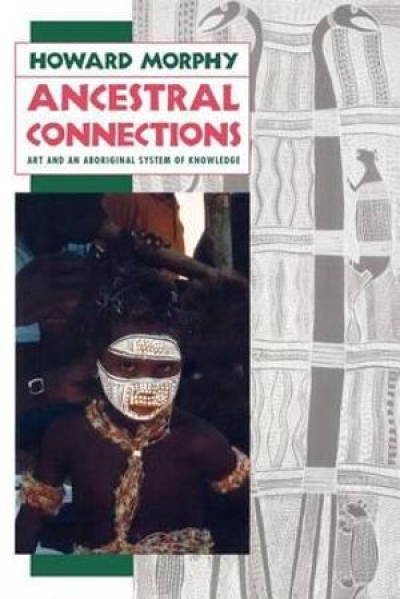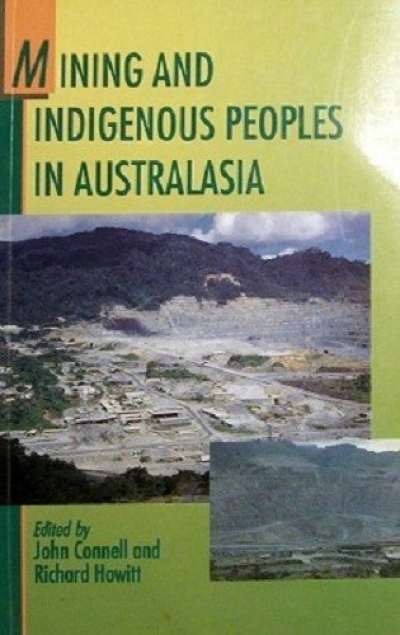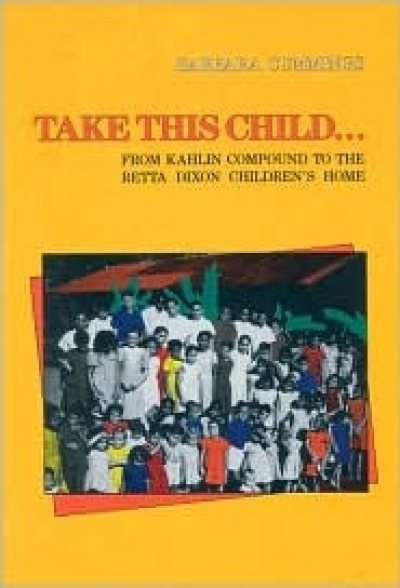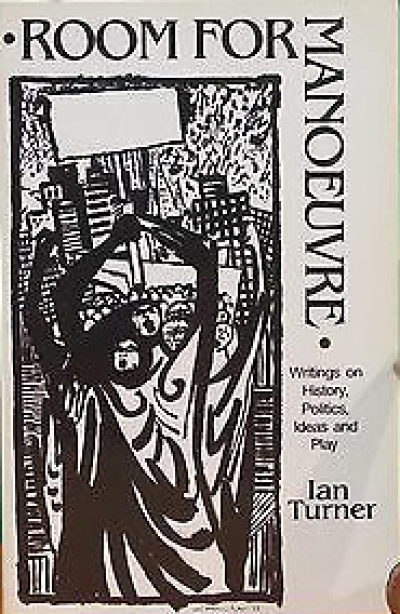Tim Rowse
The Fabrication of Aboriginal History: Volume one, Van Diemen’s Land 1803–1847 by Keith Windschuttle
by Tim Rowse •
Ancestral Connections: Art and an Aboriginal system of knowledge by Howard Morphy
by Tim Rowse •
Mining and Indigenous Peoples in Australasia edited by J. Connell and R. Howitt & Aborigines and Diamond Mining edited by R.A. Dixon and M.C. Dillon
by Tim Rowse •
Take this Child ...: From Kahlin Compound to the Retta Dixon Children’s Home by Barbara Cummings
by Tim Rowse •
Room for Manoeuvre: Writings on history, politics, ideas and play edited by Leonie Sandercock and Stephen Murray-Smith
by Tim Rowse •

